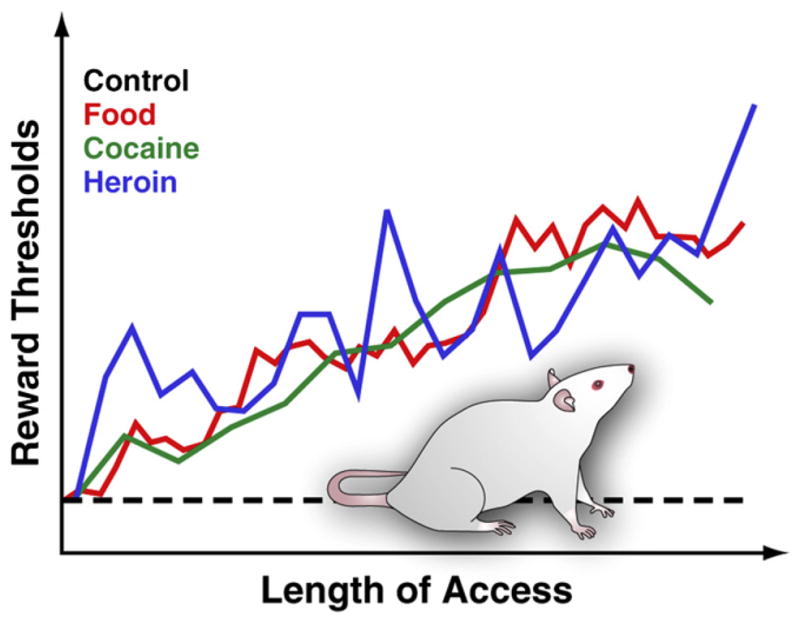Figure 3. Reward Thresholds in Rats with Extended Daily Access to Palatable Food, Cocaine, or Heroin.

To measure reward thresholds, a stimulating electrode is surgically implanted into the lateral hypothalamus of rats, a region in which electrical stimulation is powerfully rewarding and can trigger intense bouts of feeding behavior. After recovery, animals are allowed to self-stimulate this region by turning a wheel. After stable self-stimulation behavior is established, the minimum stimulation intensity that maintained self-stimulation behavior is determined (i.e., the reward threshold). This reward threshold provides an operational measure of the activity of the reward system. Reward thresholds remain stable and unaltered in control rats that have access to standard lab chow and that remain drug naïve. However, thresholds gradually elevate in rats with extended daily access to an energy-dense palatable diet consisting of tasty food items (e.g., cheesecake, bacon, chocolate, etc.). Similarly, reward thresholds progressively elevated in rats that have extended daily access to intravenous cocaine or heroin infusions. Elevated rewards threshold are interpreted to reflect decreased sensitivity of the brain reward system. These effects suggest that overconsumption of palatable food and associated weight gain can induce profound deficits in brain reward similar to those induced by excessive consumption of addictive drugs.
